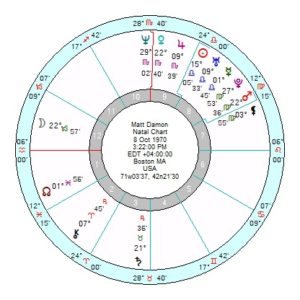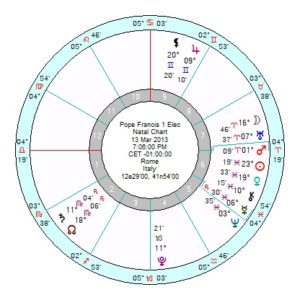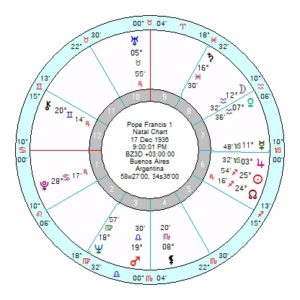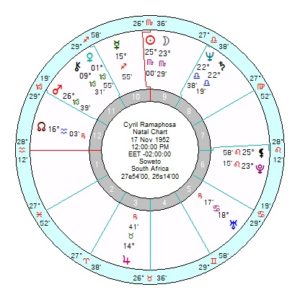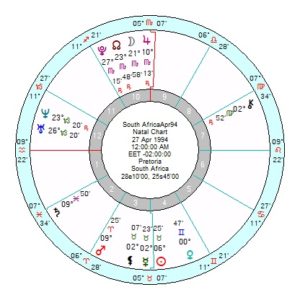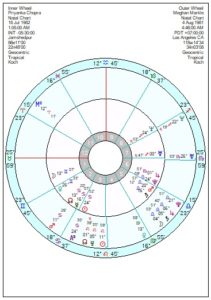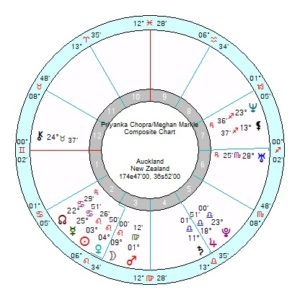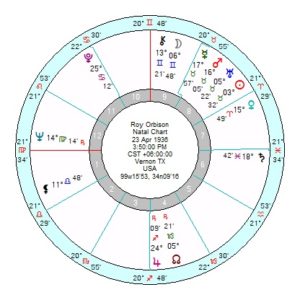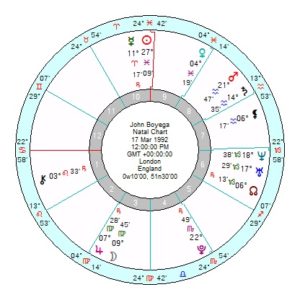Actor Matt Damon has been putting his foot in his mouth again about the sexual harassment furore. To be fair he was attempting to make a valid point about there being a spectrum of offences but he does seem to be constitutionally gaffe-prone as well as tone deaf to hot topics. In the past he has blundered into mis-speaks about diversity, gays keeping their sexuality quiet, whitewashing in the Great Wall (starring in a Chinese movie) etc. Never mind dumping a girl-friend on Oprah – the first time she’d heard he had made himself single.
Born 8 October 1970 3.22pm Boston, Massachusetts, he has a jam-packed and intense 8th house with a Libra Sun conjunct outspoken Uranus there as well as Mercury in Libra conjunct Pluto which in turn is conjunct Mars. And that is quite a collection. His Mercury picks up all of Uranus’s tendency to speak without considering the consequences; plus a dose of Pluto’s dogmatism – with Pluto bring revved up by Mars.
He has an Earth Grand Trine of stubborn Saturn in Taurus in the communication 3rd trine a Capricorn Moon trine Mars Pluto so is good in organization and accumulating wealth. That forms into an even more talented Kite with Saturn opposition Venus, MC, Neptune in Scorpio, so all that formidable energy is channelled into the creative movie business.
Damon’s chart does have similarities to Mark Hamill (see previous post Dec 10 2017), another Libra, with Mars Pluto in the 8th, though Hamill’s Libra Sun is in the 9th conjunct Saturn endowing him with a degree of caution and tact.
Damon has a 9th house expansive Jupiter so he will regard himself as somewhat of a philosopher about social issues and that is being boosted at the moment by his Solar Arc Mars in conjunction; perhaps an indication of why one blunder, which attracted criticism, led to another.

